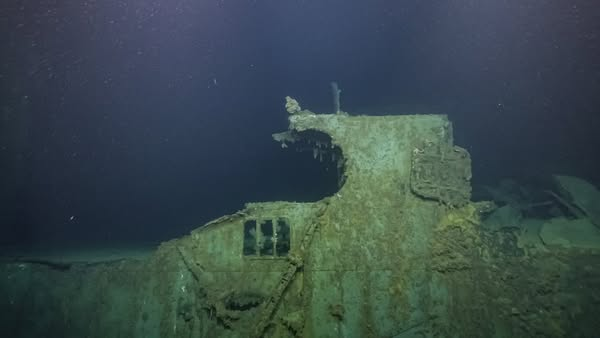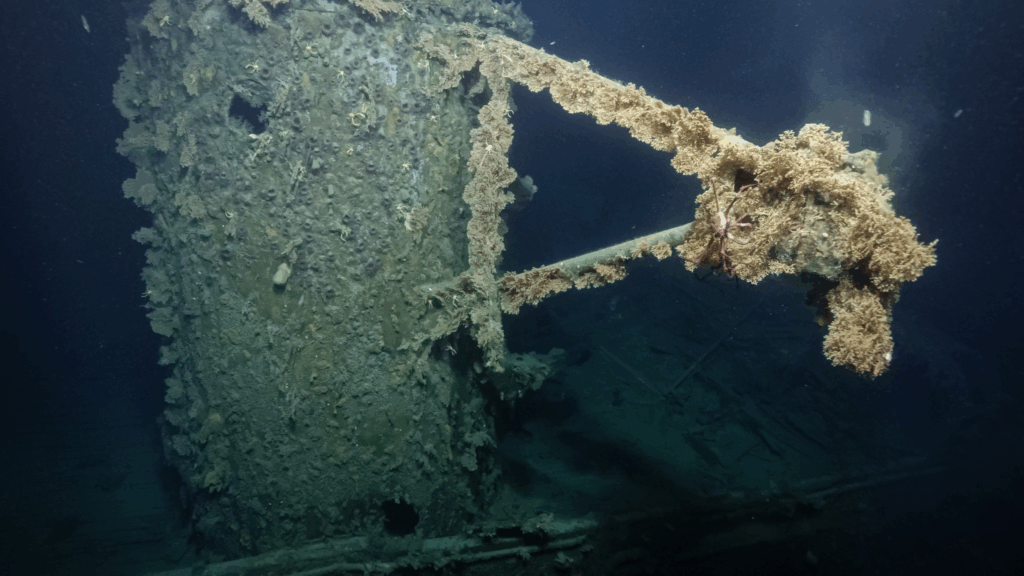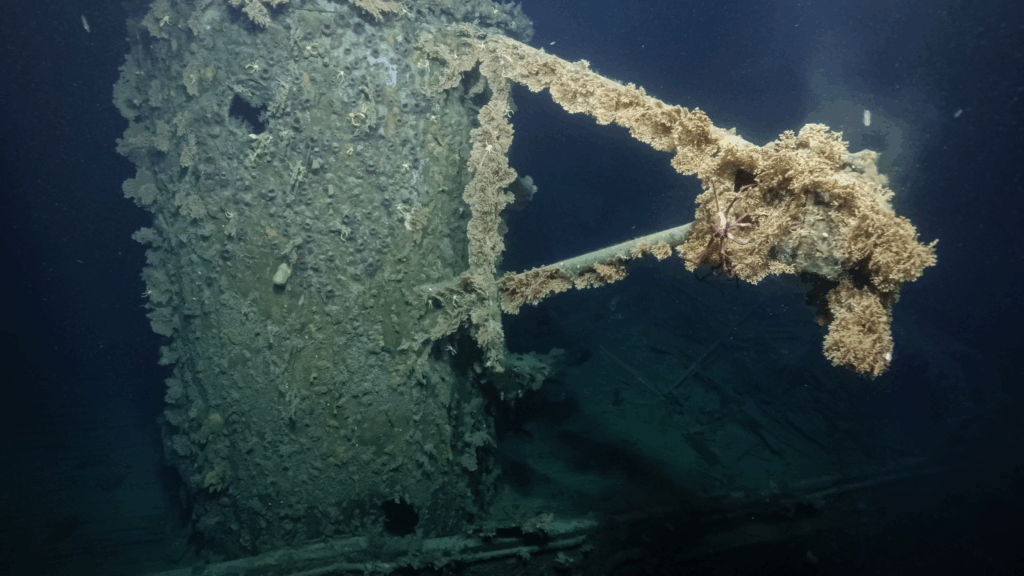Wreck of USS Astoria Discovered: A Glimpse Into WWII’s Forgotten Battle

On August 9, 1942, during the brutal early stages of the Pacific War, the USS Astoria—a 175-meter-long New Orleans-class heavy cruiser—was lost in the fierce Battle of Savo Island. Tasked with patrolling the waters between Savo and Florida Islands, Astoria and other Allied ships were taken by surprise during a nighttime encounter with a powerful Japanese naval force.

The engagement was devastating. The Astoria was struck 65 times, igniting fires that rapidly engulfed the vessel. Despite the crew’s heroic efforts to save their ship, the damage was too great. By morning, the once-mighty cruiser slipped beneath the waves, taking with her the lives of 219 sailors and marking one of the most tragic losses in U.S. Navy history.

This week, more than 80 years later, a major milestone in maritime archaeology was achieved. The team aboard EV Nautilus, operated by NOAA Ocean Exploration and partners including Kyoto University, the Center for Coastal and Ocean Mapping, and the Solomon Islands National Museum, located and explored the wreck of the USS Astoria. Using advanced technology like the ROV Hercules, they captured detailed imagery of the sunken cruiser, resting silently in the depths near the Solomon Islands.
The discovery offers a solemn reminder of the cost of war and a chance to honor the brave souls who served. It also provides historians and scientists a rare opportunity to study a pivotal moment in naval warfare. The wreck’s preservation opens the door for future research—and ensures that the Astoria’s legacy, and her crew’s sacrifice, will never be forgotten.